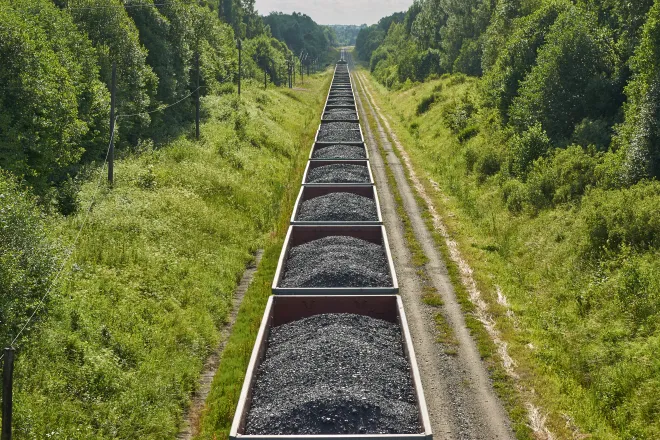
EarthTalk - How is America's outdated power grid inhibiting efforts to fight climate change?
© iStock
Dear EarthTalk:
How is America's outdated power grid inhibiting efforts to fight climate change?
Jim S., Milwaukee, WI
Our outdated power grid is indeed a significant hindrance to efforts to combat climate change. One of the key issues is the grid’s limited capacity to integrate renewable energy sources (solar, wind, etc.), a needed step if we’re to make the transition to a clean energy economy. Today’s grid is made up of a patchwork of local and regional interests often at odds with one another and developed to process locally sourced coal and gas into electricity that rarely gets transported more than a few dozen miles away.
To take full advantage of renewables, these local and regional utilities need to coordinate on the production and placement of thousands of miles of new high voltage transmission lines that could send electricity generated by wind and solar for thousands of miles across multiple grid regions. But without clear financial incentives, utilities aren’t in any rush to pursue such endeavors.
A key challenge of renewable energy generation is its intermittency. Solar and wind power is variable depending on weather conditions, making it essential to have a grid capable of balancing supply and demand in real-time. An outdated grid with limited energy storage capacity and transmission capability can’t effectively manage the fluctuations in renewable energy production. So renewable energy gets wasted while the grid keeps using fossil fuels to meet demand during times of low renewable generation.
Moreover, an outdated power grid falls short in integrating electric vehicles (EVs) into the transportation sector, a crucial component of efforts to reduce greenhouse gas emissions. EV adoption is on the rise, but the existing grid is ill-equipped to support a widespread charging infrastructure. This hinders the growth of the EV market. To fully realize the potential of EVs as a climate solution, a grid must be able to support increased demand from charging stations and manage the associated load fluctuations.
Outdated power grid vulnerabilities are further exacerbated by the increasing frequency and intensity of extreme weather events linked to climate change. Aging infrastructure is more susceptible to damage from storms, hurricanes and wildfires, resulting in prolonged power outages and disruptions. These events not only have immediate impacts on public safety and health but also impede climate change mitigation efforts by hampering renewable energy generation and slowing down the restoration of power supply.
To address these challenges, significant investments in grid modernization are essential. Upgrading the power grid to a smart grid, equipped with advanced sensors, automation and two-way communication can enhance grid resilience and flexibility. Smart grid technologies enable real-time monitoring and response, optimizing electricity distribution, and facilitating the integration of renewable energy sources. Additionally, expanding energy storage infrastructure, such as battery systems, can help mitigate the intermittency of renewable energy generation and provide backup power during outages.
CONTACTS
- Americans for a Clean Energy Grid’s “Our Outdated Grid,” cleanenergygrid.org/our-outdated-grid/
- Why the U.S. Electric Grid Isn’t Ready for the Energy Transition, nytimes.com/interactive/2023/06/12/climate/us-electric-grid-energy-transition.html.

















